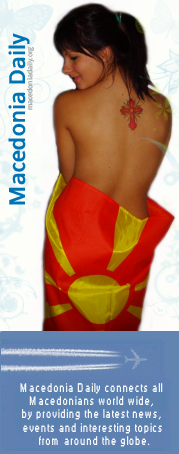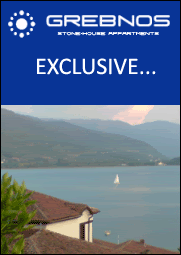MORE SKOPJE FORTRESS ARTIFACTS EXHIBITED

Culture.
A bronze coin with the image of Alexander III of Macedonia, the oldest coin ever discovered on the Skopje Kale (Skopje Fortress), is only one of the epochal findings that are presented in an exhibition of artifacts unearthed on the Skopje Kale, which opened on 10th December. Hundreds of citizens, students of the Faculty of Archaeology, archaeologists, academicians, politicians were a part of the visitors that came to see the new significant cultural heritage Macedonia has got. Numismatic experts should now interpret what the coin with the image of Alexander III on the Fortress means. Experts usually say that bronze coins are those that were used in daily trade and are a sign of who used to reign and manag the territory they have been found on.
The show was opened by Prime Minister Nikola Gruevski whose government has set the cultural heritage as one of its top priorities for the first time.
“Continuity of life on this hill near the Vardar is measured at 6,000 years by archaeologists. This richness of cultural layers will enable us to elevate the cultural, historical and civilization level of the Macedonian statehood,” the Prime Minister said.
After seven months of intensive archaeological excavations on the Kale, the team for exploration, conservation and revitalization of the Skopje Fortress is very happy with what have been unearthed. “Expectations have been exceeded in many segments. This exhibition has ambitions to present those result as comprehensively as possible,” Prof. Dr. Dragi Mitrevski, the Project Coordinator says.
The oldest remains of man’s activity on the Kale are related to the Bronze Age whereas its continual and lively historical development as an urban centre or mediaeval Skopje started in the late 10th century or under Samoil. “Under Samoil, the Kale was protected with finely built walls, which completely enclose the Upper Town forming a unique fortification system constructed under the highest criteria and construction techniques at the time. Numerous coins from the 10th and 11th centuries, funerals in the inner side of the south wall, war axes and arrows, ceramics and other small findings from the same period mean that the Kale most likely functioned as a large military castron.“
MD: Already so much has been found, who knows what else lies beneath the Macedonian soil. The show in the Skopje Museum will remain open for a while. Idea for a visit?
[Culture.in.mk]


























Post a Comment